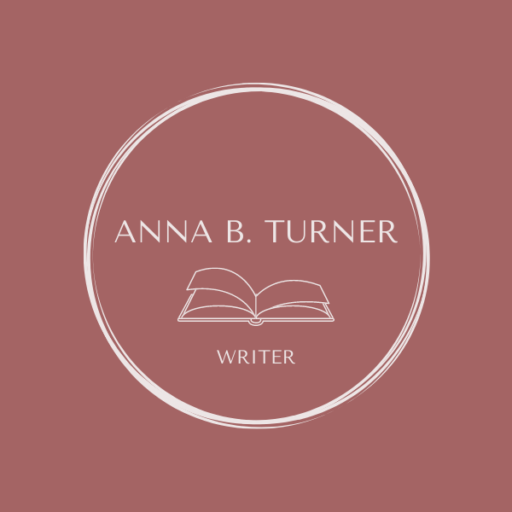Hello lovelies! In April, I wrote a blog post about revisions and introduced you to Rachel Griffin’s course “Writing is Rewriting”—which I HIGHLY recommend if, like me, you’re deep in the revision trenches and can’t see the forest for the trees. Also: check out her blog post!
I’ve meanwhile given my own twist to some of the tools Rachel highlighted in her course—just to make them better fit the way my brain works. I thought it would be fun to let you know how I did that, and maybe you some of you will find it helpful! Of course, writing is a hugely personal endeavor, so what works for me might not work for you (and that’s okay) 🙂
Remember The Magical Cookies?
One of the most challenging parts of revising a novel is knowing where to start. After months (or years) of drafting, I’m so deep in the story that it’s hard to see the big picture. This is where Rachel Griffin’s edit letter comes in handy—an overview of what’s working and what needs fixing.
For me, ANOTHER challenging part is remembering what I love about my story: the Magical Cookies that made me made to write the story in the first place: scenes, characters, banter, vibes, spice, and so on! Check out this blog post to learn more about my approach to Magical Cookies, or visit these posts by Susan Dennard (a.k.a. the Goddess of Magical Cookies): here and here.
I tend to fall in love with a story while brainstorming. Then, while drafting, I pour ALL THE THINGS onto the page—everything is allowed and anything is possible, because I love my story.
Next, it’s time for revisions. For me, this is often the stage of the writing process in which the story magic fizzles and the overthinking starts. The thrill of drafting is replaced by self-doubt and despair. I lose my momentum, I see obstacles EVERYWHERE, and the only thing that will keep me going is stubborn determination. Ugh.
Gather Your Cookies And Ride into Battle!
Before diving into the next round of revisions, I took stock of my Magical Cookies. I went back to my brainstorming notes, early outlines, and my story bible in Scrivener. I daydreamed about the moments in my draft that still make me giddy and excited. These are some of the Magical Cookies I first had in mind while drafting my current WIP:
- An ensemble cast of anti-heroes
- Robin Hood meets Les Mis vibes
- Misfits trying to rob an empire
- Jin Erso meets Kaz Brekker MC
- Good Guy outside the law vs. Bad Guy within the law
- Girls who stand up for themselves
- Enemies to lovers
- Pretending to be lovers in an alley (a.k.a. “push-him-against-the-wall” a.k.a. THAT scene 😉 )
Eyes On The Prize
As I read through my draft, I highlighted the places where my Magical Cookies appeared and I asked myself: are my Cookies coming through as strongly as I envisioned? I made notes on what was working and what wasn’t in relation to my Cookies. I also noted where Cookies were still missing, because—as per Susan Dennard’s instructions—each scene should have at least one Magical Cookie.
Lesson learned: revisions are not just about identifying what needs fixing—they are also about reminding myself what I ultimately want the story to be like. By focussing on this (a.k.a. keeping my eyes on the prize) rather than on all the things that are not working, I managed to convince my brain that I was still having fun with this story! This magic was still there!
An Encouraging Opening
If I’m critiquing someone else’s work, I first compliment them on all the things I love about their story. Only after I have showered their story with love (and let’s be honest, one can never have anough story love), will I kindly draw their attention to points of improvement.
I decided to extend the same courtesy to myself: by opening my own edit letter with an encouraging note and reminding myself about all the wonderful things in my story that are working well. I referenced my Magical Cookies and named them as the things I didn’t want to lose in the revision process. Only then did I proceed with writing down the things that needed fixing.
Dear Me,
First of all, congratulations! You finished a whole novel! That’s no small feat!
Within these pages are the things that made you fall in love with this story: [list of Magical Cookies]. These will be your guiding stars in revision—may they keep the story magic alive and remind you why you started this journey in the first place. Now, let’s make this story even better! You’ve got this!
A Cookie-based Revision Plan
Next, I used Rachel Griffin’s suggestion to divide my edit letter into color-coded sections. I opted for the sections: story world, rebellion, atmosphere / setting / mood, conflict / pacing, characters / voice, flashbacks, romance, heist, and random. Then, for each edit listed in the sections, I referred back to by Magical Cookies:
For example:
One of my favorite parts of this story is the slow-burn tension between Aster and Finn. But in the second act, their interactions feel rushed. Add some small moments to build the tension more organically.
Final Thoughts
Writing myself an edit letter based on my Magical Cookies really helped make the revision process more bearable for me: it’s no longer just about fixing problems—it’s also about enhancing ALL THE THINGS I LOVE about my story. Keeping my Magical Cookies at the front and center of my edit letter has helped me stay excited about the project and eager to keep going!
Happy revising to all my writerly friends!
